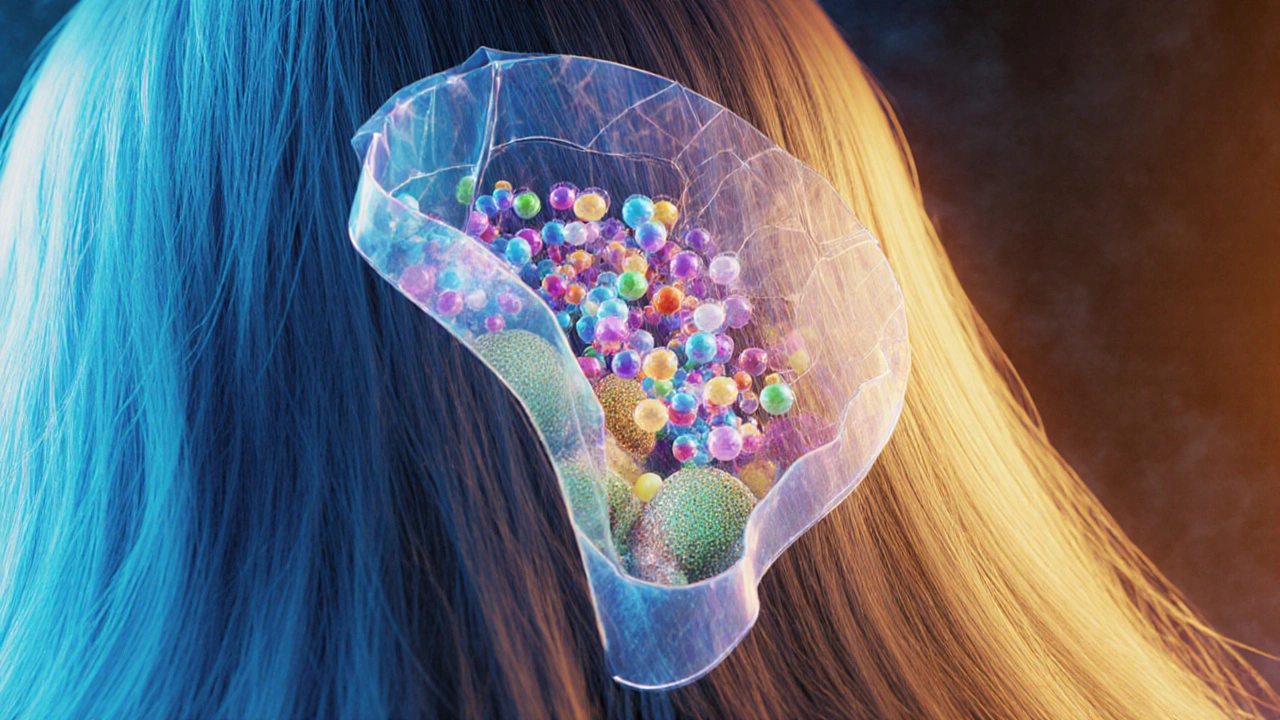When you see MEA, monoethanolamine, a common alternative to ammonia in hair color formulas. Also known as ethanolamine, it’s often marketed as a gentler option for coloring hair without the strong smell of traditional ammonia. But here’s the thing: MEA isn’t magic. It still opens the hair cuticle to deposit or lift pigment, just like ammonia does. The real difference isn’t safety—it’s how fast it works and how it feels on your scalp.
Ammonia, a strong alkaline compound used in permanent hair dyes to lift natural pigment. Also known as ammonium hydroxide, it’s been the go-to for decades because it delivers bold, long-lasting color. But it’s harsh. It dries out hair, irritates sensitive skin, and leaves that classic salon smell you can’t wash off your clothes. MEA, on the other hand, is less pungent and slightly less drying—but it doesn’t lift color as effectively. That’s why salons using MEA often need longer processing times or stronger developers to get the same result.
Neither is truly "chemical-free." Both are synthetic and designed to alter your hair’s structure. If you’re choosing between them, ask yourself: Are you avoiding smell, or are you avoiding damage? MEA might feel nicer on your nose, but your hair might still end up brittle if you’re coloring often. Some brands mix MEA with ammonia to balance the two—so check the ingredient list. Brands claiming "ammonia-free" might still use MEA, which behaves similarly under the hood.
What matters more than the name on the bottle is how your hair responds. If you’ve had redness, itching, or breakage after coloring, it’s not always about ammonia or MEA—it’s about frequency, developer strength, and whether you’re pre-treating or conditioning properly. Many of the posts below show how people with Indian hair, sensitive scalps, or fine strands are finding better results with henna, semi-permanent dyes, or even conditioner-mixed color masks instead of jumping between MEA and ammonia formulas.
And if you’re wondering why some people say MEA is better for gray coverage—it’s not. Gray hair is dense and resistant. It needs strong lift, which both ammonia and MEA provide. The real win comes from formulas that include conditioning oils, keratin, or plant extracts to protect hair while coloring. That’s what you’ll find in the top-rated natural dyes and gentler options listed here.
Below, you’ll see real experiences from people who’ve tried everything—from honey wax for sensitive skin to clip-in extensions to avoid coloring altogether. You’ll learn which hair dyes actually work without frying your strands, how to tell if your color is causing damage, and why sometimes the best choice isn’t a new dye at all—it’s waiting for your natural hair to grow out.

Ammonia in hair dye opens the hair cuticle to let color penetrate deeply, making it essential for permanent, high-lift results. But it's not the only option - ammonia-free formulas exist, with trade-offs in coverage and longevity.